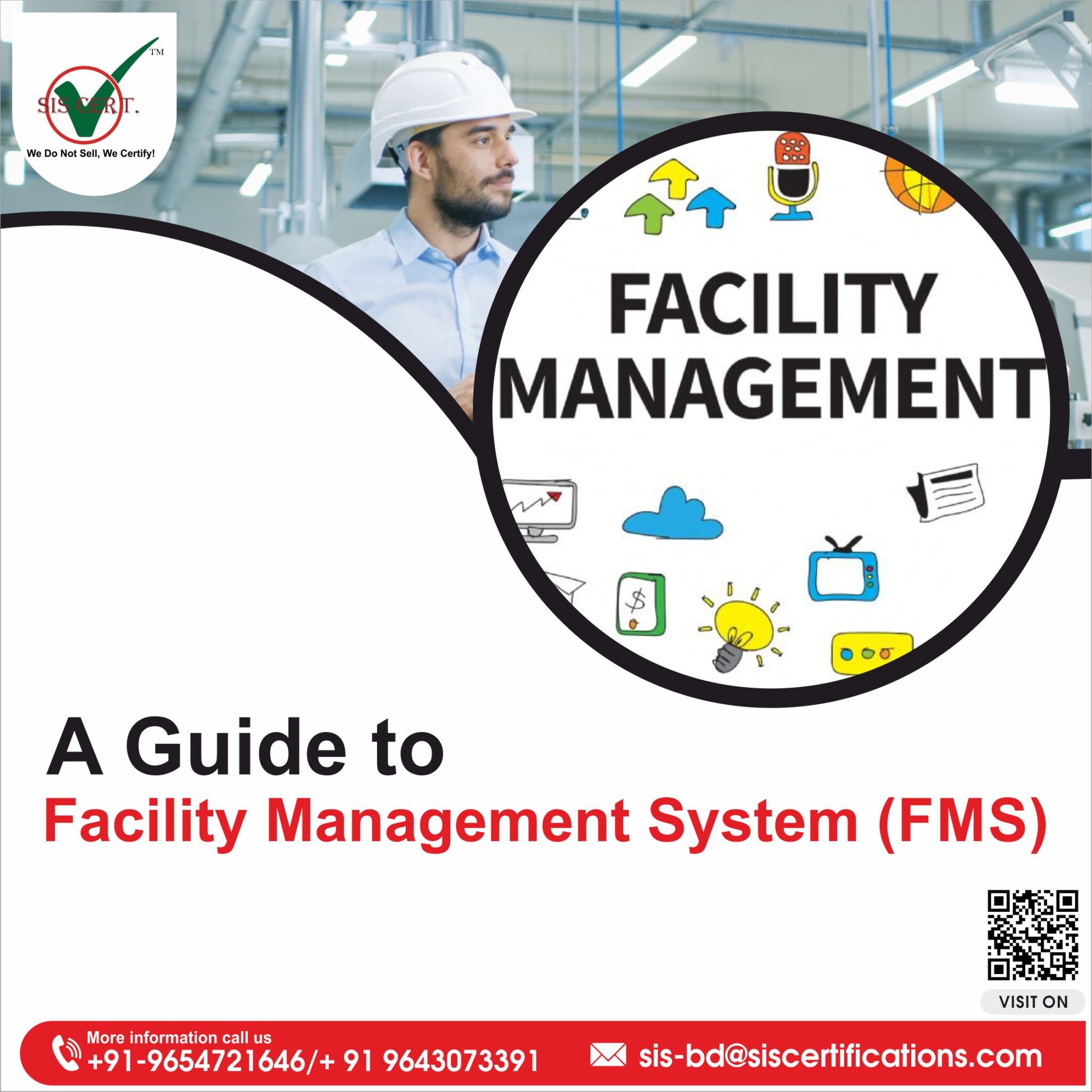How Total Facility Management Can Improve Operational Efficiency and Reduce Costs
How Total Facility Management Can Improve Operational Efficiency and Reduce Costs
Blog Article
Leading Advantages of Total Facility Management for Streamlined Operations
Total Facility Management (TFM) represents a strategic technique to enhancing functional efficiency by incorporating various solutions, such as maintenance and protection, under a unified management structure. The question stays: what specific benefits can companies harness from embracing TFM, and just how might these benefits transform their operational landscape?
Improved Operational Effectiveness
Enhanced operational performance is a primary benefit of applying total facility management (TFM) strategies. TFM includes a thorough method to handling a center's resources, processes, and facilities, inevitably improving operations. By settling numerous services-- such as maintenance, safety, room, and cleansing management-- TFM minimizes redundancies and enhances sychronisation amongst various functional functions.
The integration of technology additional magnifies this effectiveness. Advanced facility management systems supply real-time information analytics, making it possible for facility supervisors to make enlightened choices that boost operations and source allowance. Anticipating upkeep methods, as an example, expect devices failures before they occur, decreasing downtime and extending asset lifespan.
In addition, TFM advertises standard processes across various departments, making certain uniformity and top quality in service delivery. This uniformity lowers functional interruptions and promotes a more joint functioning atmosphere. Therefore, employees can concentrate on their core obligations, driving efficiency and enhancing total efficiency.

Expense Decrease and Cost Savings
Applying total facility management (TFM) not only enhances operational effectiveness yet also dramatically adds to set you back decrease and savings. By combining numerous services under a single management framework, organizations can eliminate redundancies and enhance procedures, consequently minimizing functional prices. TFM enables much better purchase strategies, allowing business to discuss bulk purchasing contracts with vendors and solution providers, resulting in reduced rates.
In addition, TFM emphasizes preventive maintenance, which lessens unanticipated failures and expands the lifespan of crucial equipment. This positive method not only minimizes repair service prices yet additionally boosts the integrity of facilitiess, making sure nonstop procedures. In addition, power effectiveness efforts, commonly a crucial focus of TFM, result in considerable savings on utility costs, as facilitiess are enhanced for minimized energy consumption.
Improved Resource Management
Efficient resource management is a keystone of total facility management (TFM), enabling companies to enhance making use of their assets and workforce. By applying TFM methods, organizations can comprehensively assess their source allowance, guaranteeing that every asset is utilized successfully and successfully. This holistic approach allows for the recognition of underperforming resources and the possibility for reallocation or improvement.
Furthermore, TFM promotes the combination of innovation for real-time monitoring of sources, which aids in forecasting maintenance needs and stopping costly downtime. By leveraging information analytics, organizations can make enlightened decisions concerning resource release, eventually boosting performance and minimizing waste.
Moreover, TFM advertises a culture of constant improvement, motivating groups to on a regular basis assess and improve their resource management techniques. Total Facility Management. This positive position not just decreases operational interruptions yet also promotes innovation, as workers are encouraged to suggest enhancements based upon their firsthand experiences with resource use
Streamlined Interaction Channels
In total facility management, streamlined communication channels play a crucial role in cultivating partnership and effectiveness across teams. Efficient interaction ensures that all stakeholders, including facility supervisors, upkeep team, and service companies, are lined up with operational demands and Going Here business objectives. By developing clear lines of interaction, groups can promptly address issues, share updates, and carry out options, therefore decreasing downtime and enhancing productivity.
With centralized communication platforms, information is easily available, permitting real-time updates on maintenance requests, resource allotment, and job timelines. This transparency not only decreases misunderstandings but also empowers employees to make informed choices quickly. Additionally, streamlined communication facilitates far better control throughout emergency situations, making sure that all workers are notified and can respond promptly.

Boosted Concentrate On Core Activities
A key advantage of total read what he said facility management is the enhanced focus on core tasks, allowing organizations to concentrate on their key service purposes - Total Facility Management. By contracting out non-core functions such as cleansing, safety, and upkeep, companies can redirect their resources and power in the direction of tactical campaigns that directly add to their affordable benefit and development
Total facility management incorporates various functional tasks under a solitary umbrella, cultivating efficiency and minimizing redundancy. This loan consolidation not only improves processes yet additionally boosts liability, making certain that every facet of the facility operates harmoniously without diverting focus from what absolutely matters-- core organization features.
Moreover, this method enables employees to commit their effort and time to tasks that drive development and improve consumer contentment, instead of getting bogged down by functional difficulties. With a reputable facility management partner handling everyday operations, organizations can attain higher dexterity, react swiftly to market adjustments, and preserve a sharper concentrate on their objective.
Eventually, increased emphasis on core activities causes improved general efficiency, allowing companies to strengthen their market setting and fulfill their tactical objectives much more properly. - Total Facility Management
Conclusion
In conclusion, Total Facility Management considerably improves operational effectiveness by combining necessary services and leveraging data analytics for notified decision-making. Expense reductions and enhanced resource management contribute to general cost savings, while streamlined communication channels foster collaboration among stakeholders.
Total Facility Management (TFM) stands for a critical strategy to boosting functional performance by incorporating different services, such as upkeep and security, under a unified management structure.Improved operational effectiveness is a primary benefit of implementing total facility management (TFM) techniques. Advanced facility management systems give real-time information analytics, allowing facility managers to make enlightened choices that enhance workflow and resource appropriation.Applying total facility management (TFM) not just increases operational performance however likewise significantly adds to set you back reduction and savings.Reliable resource management is a keystone of total facility management (TFM), enabling companies to enhance the use of their properties and workforce.
Report this page